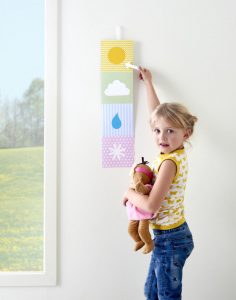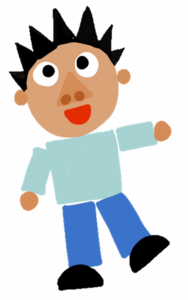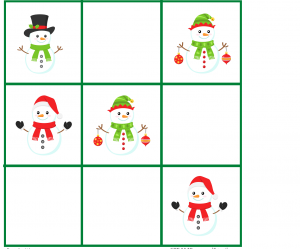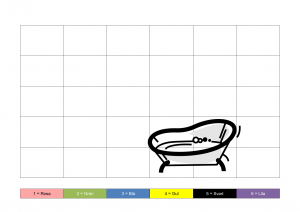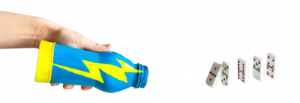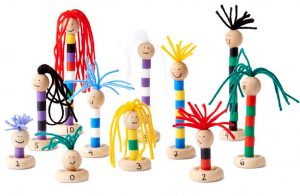Purpose:
Designing your own game takes a lot of creative problem solving to make it work and provides a fun way to use everyday materials to create something original. Children will design a tabletop maze using materials from the household recycling bin. The maze will be grounds for a ping pong ball race. The movement of the ping pong balls will be powered by air blown through straws.
Getting Started:
Supplies needed:
- Drinking straws (enough for each participant to have one)
- Two ping pong balls
- Large base for your maze to be built on (i.e., a large flat piece of cardboard or foam)
- Materials to repurpose such as coffee sleeves, cardboard, cereal boxes, or paper tubes
- Paper-backed tape such as masking tape or painter’s tape
- Scissors or x-acto knife
- Optional: aluminum foil or pipe cleaners
Players: can be done individually, with a partner, or with a small team Time needed: 15+ minutes
Instructions:
- It’s time to start planning the maze. Will you sketch it out in advance or dive right in and start adding materials to your base? That’s up to you and your design team.
- Make sure you choose a start and a finish. The start and finish must be on the base of your maze.
- Use as many different materials as you can to create as many twists, turns, and obstacles as you can in your ping pong ball maze.
- Be sure to make your paths wide enough for a ping pong ball to travel through.
- There is no height limit for the paths in your maze.
- Test the maze. Push your ball along by blowing air through a straw to make the ball move.
- Blow your ball from start to finish.
Time yourself or one another as you race against the clock to move your ball from start to finish.

